Step into the heart of Victorian London, and you’ll find the origins of modern social housing entwined with the haunting legacy of the Jago. Immortalised in Arthur Morrison’s 1896 novel A Child of the Jago, this notorious slum-known in reality as the Old Nichol-was more than a backdrop for fiction. It was a crucible of poverty, crime, and despair, whose infamy sparked a revolution in how London housed its poorest citizens.
The Old Nichol: London’s Hidden Abyss
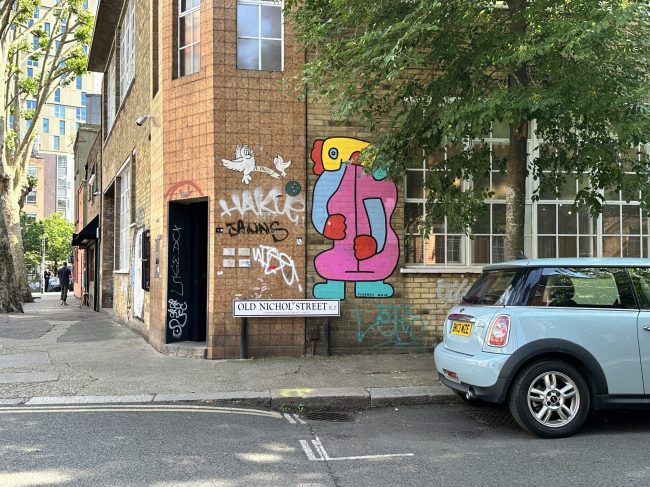
Tucked behind Shoreditch High Street, bounded by Boundary Street, Bethnal Green Road, and Hackney Road, the Old Nichol was a labyrinth of narrow courts and alleys. 🔊Listen Now: Episode 50: The History of Shoreditch
By the late 19th century, over 5,000 people were crammed into crumbling tenements originally built for workers but long since decayed into a “rookery” of misery. Contemporary observers were appalled:
“There is not a single house in this area that ought not to be pulled down as unfit for human habitation.”
Report of the Medical Officer of Health for Bethnal Green, 1883
Disease and death stalked these streets. Overcrowding was rife-up to 12 people might share a single room, often with no clean water or ventilation. Landlords, many of them absentee, squeezed profits from this suffering. The death rate was twice the London average, and infant mortality soared. The Old Nichol was so isolated by its maze-like layout that even the police entered only in groups.
A Child of the Jago: Fiction Meets Reality
Arthur Morrison’s A Child of the Jago ripped the veil from this hidden world. Through the eyes of young Dicky Perrott, Morrison depicted a society where escape from squalor seemed impossible. The Jago was, as he wrote, “a world within the world, where the way of life was not the way of life of decent people.” His unflinching prose shocked Victorian readers, forcing them to confront the reality that slum life was not a personal failing but a consequence of environment and neglect.
While praised by social reformers, Morrison’s novel was controversial-some felt it exaggerated, others saw it as an urgent call to action. Either way, it crystallised public outrage and fuelled the movement for housing reform.
From Ruin to Renewal: The Birth of the Boundary Estate
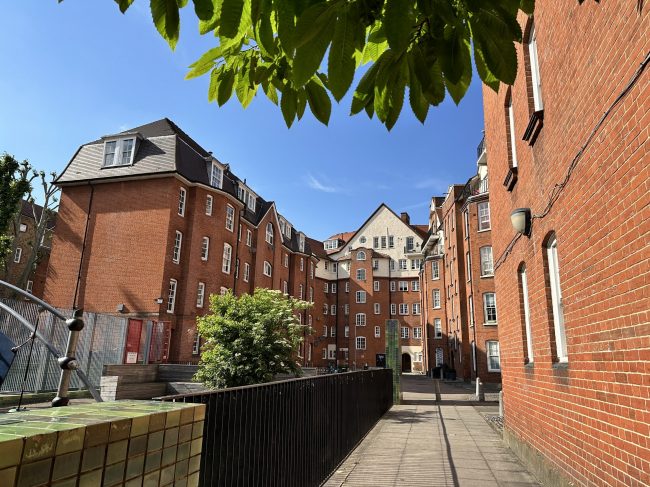
Change was already stirring. The London County Council (LCC), empowered by the Housing of the Working Classes Act (1890), began clearing the Old Nichol in the 1890s. Between 1893 and 1897, bulldozers erased the Jago from the map. In its place, the LCC embarked on a bold social experiment: the Boundary Estate, London’s first council housing scheme.
Architect Owen Fleming reimagined the area with a visionary plan. Gone were the chaotic alleys; in their place rose wide, tree-lined avenues radiating from Arnold Circus-a raised garden built from the very rubble of the demolished slum. Solid red-brick tenements, each with unique Arts and Crafts details, offered shared laundries, clubrooms, and play areas. The estate was designed not just for shelter, but for dignity and community.
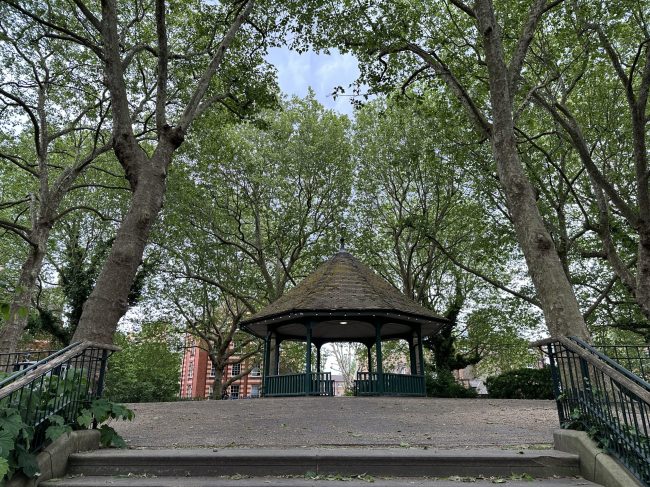
Yet this transformation came at a cost. The new homes were reserved for the “respectable” working class, judged by income and character. Most original residents-deemed too poor or “undesirable”-were displaced to other struggling neighbourhoods, continuing the cycle of poverty elsewhere.
Legacy: The Jago’s Shadow and the Boundary Estate’s Light
The Jago endures in London’s imagination as both a warning and a turning point. Morrison’s novel, with its vivid, sometimes brutal honesty, helped galvanise support for social change. The Boundary Estate, meanwhile, became a template for future public housing-its radial plan, communal facilities, and architectural quality influencing developments across Britain and beyond.
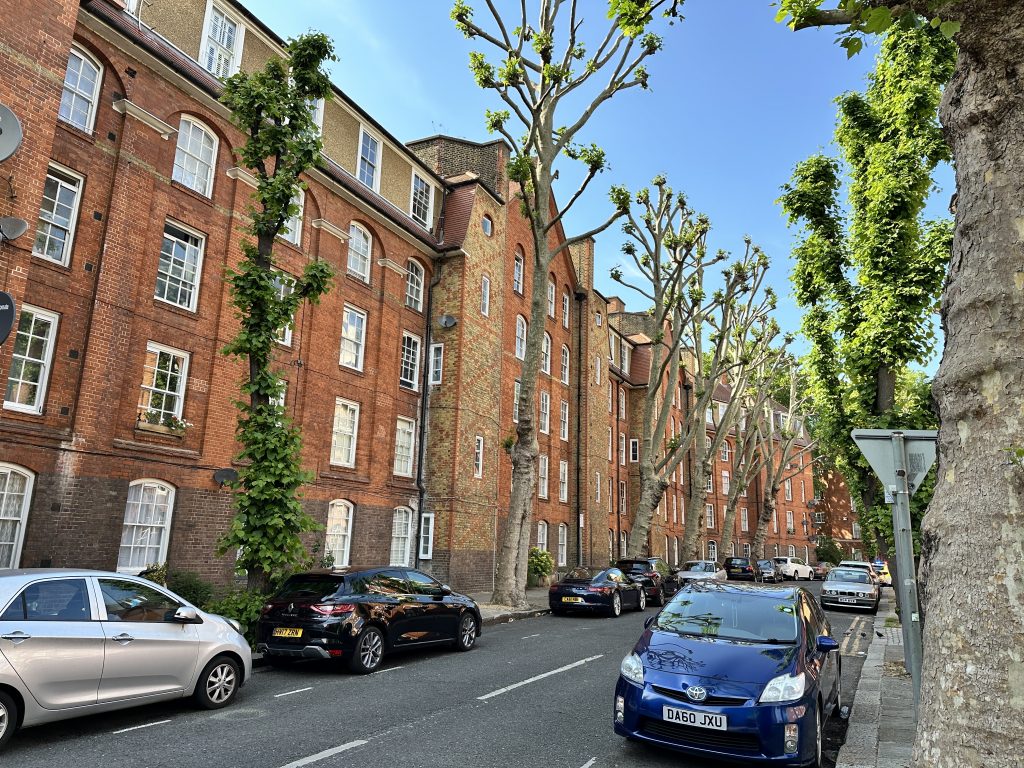
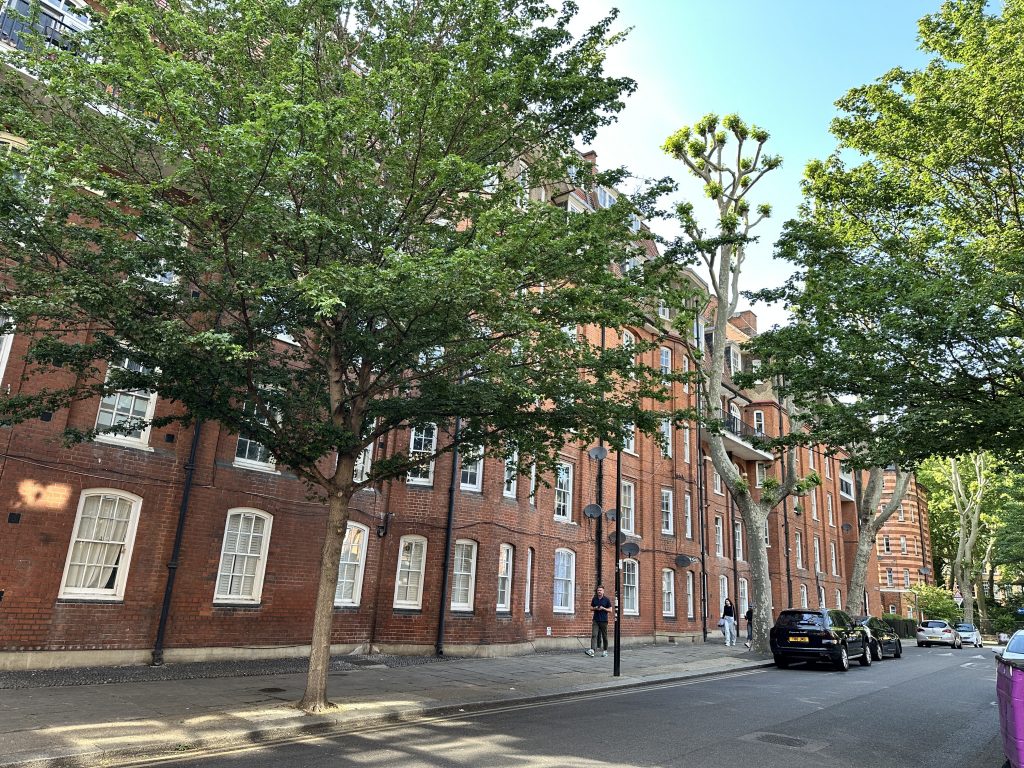
Boundary Estate, Photos by Hazel Baker
Today, Arnold Circus stands at the estate’s heart, a symbol of both loss and hope. The Boundary Estate’s leafy avenues and distinctive red-brick blocks are now protected as a conservation area, cherished by residents and visitors alike. Community life thrives here, with festivals, music, and local initiatives breathing new life into its historic spaces.
Comparing the Old Nichol and the Boundary Estate
|
Feature |
Old Nichol (Pre-1890s) |
Boundary Estate (Post-1900) |
|
Living Conditions |
Overcrowded, unsanitary, rife with poverty and crime |
Modern, well-ventilated, communal facilities |
|
Urban Layout |
Cramped, maze-like alleys, no open space |
Planned, radial streets around Arnold Circus |
|
Community Spaces |
None |
Central garden, play areas, clubrooms |
|
Architecture |
Makeshift, substandard, dilapidated |
Arts & Crafts-inspired, dignified red-brick blocks |
|
Amenities |
Lacking; no laundries or shops |
Shops, laundries, workshops, schools |
|
Resident Profile |
Poorest Londoners, often marginalised |
“Respectable” working-class families |
|
Social Impact |
Symbol of neglect and deprivation |
Model for social housing, but displaced original residents |
A Living Monument to Change
The Boundary Estate is more than a relic; it is a living testament to the power-and the limitations-of social reform. Born from the ashes of the Jago, it stands as a beacon of architectural imagination, municipal ambition, and community resilience. Its story reminds us that true progress is not just about bricks and mortar, but about the lives and dignity of those who call the city home.
Whether you’re tracing the footsteps of history or simply enjoying the leafy calm of Arnold Circus, the Boundary Estate remains one of London’s most compelling places-a lens through which to view the city’s ongoing journey from darkness to light.
Book a private Bespoke Tour with Hazel to discover the transformation and stories behind the bricks yourself!




